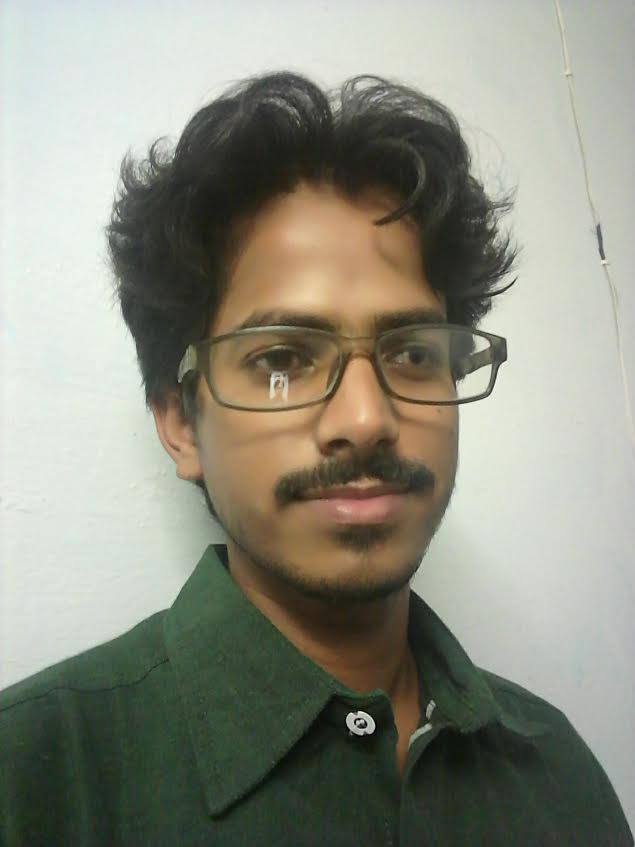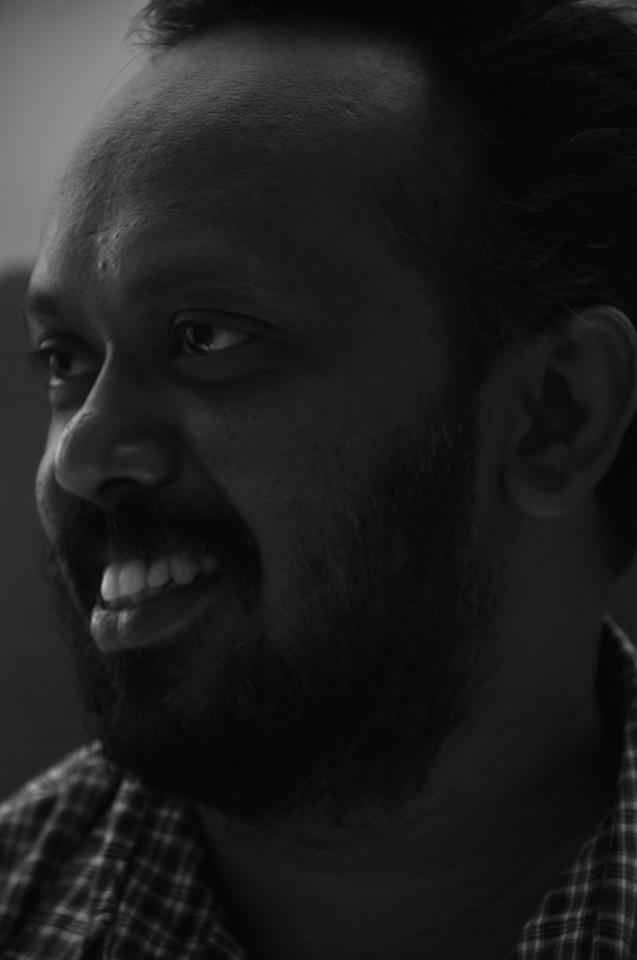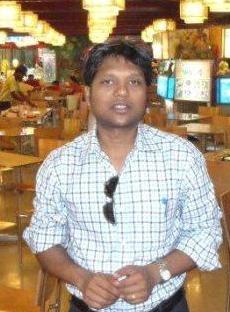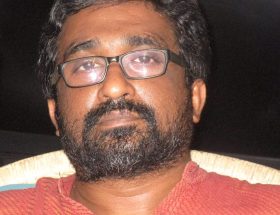Dharmaraj Kumar
 “What has happened to dalits? Why have they become so violent? They are getting reservation through constitution in everything, what else do they want now?” was the concern of one of my friends. I had nothing to say in reply as it would have amounted to a provoked answer given in haste. To avoid it, I maintained silence and kept brooding about it. This is when I tried to think over it in an organised manner. Though it was clear that nothing else but the series of events in Gujarat had forced to speak what otherwise would have never come out.
“What has happened to dalits? Why have they become so violent? They are getting reservation through constitution in everything, what else do they want now?” was the concern of one of my friends. I had nothing to say in reply as it would have amounted to a provoked answer given in haste. To avoid it, I maintained silence and kept brooding about it. This is when I tried to think over it in an organised manner. Though it was clear that nothing else but the series of events in Gujarat had forced to speak what otherwise would have never come out.
I did think in the beginning to reprimand him for inhumane understanding but then I stopped for few seconds and thought, can this question possibly be of somebody else who may belong to lower castes, keeping in mind his ‘belongingness to upper caste and the consciousness it carries’? Thus, I tried to scrutinize my own ideas related to the recent ‘developments of dalit movements’ all across the country. So, the question as to ‘what has happened to dalits?’ remained unanswered. And in my opinion, it needs to be urgently resolved. To understand this question we need to take into account some major changes which took place within recent years at tremendous speed.
Some may expect the beginning of it after Modi government has come to power or some may say it as preparatory move of opposition to defeat BJP in UP election. Well, this may be the turning point for some, however, in my opinion, this is surely not the starting point of dalit awakening. To illustrate it more, we must go further back to explore dalit consciousness at large and thus, through few major incidents I would attempt to give answer as what I find is happening in dalits movements.
Nirbhaya case
In the recent past, one such protest like Gujarat happened in the case of Nirbhaya case of Delhi in2012. Nirbhaya case brought a massive shift in the dimensions of social consciousness where the furious debate happened centering upon gender. In this debate, the primary gender question arose, whether to mention the original name of the victim or not. This is how the name Nirbhaya was coined. Just to remind, when several members of civil society were arguing over this debate, the mother of the victim openly took the name of her daughter and said, those people who attacked my daughter need to be ashamed and not my daughter as she bravely fought. So, the debate on the recognition or existence of the gender took place in a very loud manner. But simultaneously, another debate was ferociously happening which was as usual pushed under the carpet. And this debate was of far more intense nature i.e, the caste of the gender. In this, dalit organisations had been vociferously saying that had this incident happened with any dalit girl or woman, the upper caste media would not have ever made it a matter of shame at the international level as it is found true in several cases in the past as dalit women are far more vulnerable and suffer the worst kind of brutality throughout their life. This argument hit the consciousness of dalits as around the same time so many rapes of dalit women took place. Unfortunately, even then cases related to dalit atrocities did not find much space in any kind of mainstream media. Such ignorance really substantiated the argument of dalit organisations and intellectuals. Just to name few, cases such as the murder following the rape of two lower caste girls lynched on a tree in UP, Delta Meghwal, a dalit school girl of Rajasthan and Jisha, a dalit college girl of Kerala really shook the nerve of every sensible individual at least at the national level.
Rohith Vemula suicide
Another such case is the suicide of Rohith Vemula in one of the premiere universities. Actually, this matter was much politicised. As a result, the real issue of dalits in academia got conspiringly overshadowed in the mainstream media. After a long time, dalit students were really infuriated. Some of them declared it was the climax at that time. Not only this, too much of politicisation of Rohith Vemula’s case resulted into the debate where Ambedkar’s way of struggle was deliberated. Interestingly, it was made sure that it gets seconded by dalit leaders of the ruling party at the centre. Thus, Rohith was finally put to blame even after his death that he, being Ambedkarite, escaped the real struggle and committed suicide. Some of them endeavoured to frame the debate by saying that it happens in every premiere institutions because when they get the admission in reputed institutions on the basis of reservation they fail to compete with the expected standard which leads them to utter frustration and, thus they commit suicide. So, it was ‘intelligent’ enough to say that reservation is the main reason for such suicides. Thus, there was an oft-repeated attempt to give the debate of discrimination a notorious turn. Unfortunately, most of the people were convinced by the idea as ‘what is so significant in this suicide’ as it always happens. And it rather received counter question as to why other suicides in the past did not get due attention? And they concluded by saying that it is all politics. And this concern was shared by many.
To open up the debate further, such people underestimated the fact that Rohith Vemula was not the one who surrendered rather he fought and he fought ideologically and valiantly. It was the contradiction existing in reality which aroused in him a sense of history where he, measuring through the state of ideological apparatuses, got convinced that the idea of liberation for him as a dalit lies nowhere else but in death. His idea of emancipation in death defeated the notion of life and the discrimination ingrained in it. His suicide was not the surrender, as many might do the mistake to have understood it like this, rather the strong decision and the last method to prevent any kind of further violence either physical or mental. It was not the denial to life, but the straight refusal to the discriminated life. Rohith offered the real contradiction of our time where dignity and life does not coexist for dalits. In its metaphorical sense, dalits have no life as their dignity is violated, they will have to die if at all they want to live with dignity. He showed that death can be better lived on choice where life is denied to dalits. This idea got translated in many different ways but what Rohith made clear is the idea that, how we shall have to move towards death if we have nothing more but the human aspiration i.e., life with dignity. Indelible imprint of this consciousness can be seen in the protests flooding the streets in every state of our country.
Beef Ban and Gau Raksha
All limits were crossed when the denial of dignity coincided with the denial of livelihood of dalits. It is when the BJP and RSS attacked dalit communities involved in tanning that it became much worse. The fanaticism of RSS for cow slaughter did not just ignore the question of livelihood rather it got the moral sanction of the middle class hindus who are basically from the upper strata of society. And, there was no other way to appease middle class and upper class and caste Hindus than raising the question of cow slaughter as a religious issue as it would not in any manner affect their livelihood or standard of life. It will not just reinforce the idea of Brahmanical Hinduism but will also appease the anti-Muslim sentiment which is the major breeding ground of BJP. Interestingly, the BJP govt failed to measure up the grimness of the crisis of survival of dalits who still eke out their livelihood through the work of skinning dead animals in most parts of the country. This is where the notion of life was going to be defeated again and death appeared to be inescapable. This was the real crisis foreseen everywhere in the consciousness of dalits. Muslims were getting severely cornered on the same ground as the minority group, which was obviously creating the space for sharp resentment. But the identity of minority did not let them organise at least to voice their concern related to their livelihood. But when the usual targeting of dalits took place in Una in Gujarat that confirmed their fear that if they have to survive, fighting against Gau Rakshak Samiti is the only way. It once again invoked the same spirit of Rohith Vemula, as even in Una, eight dalits attempted to commit suicide. I would like to emphasise that once again the same idea of emancipation in death would have defeated the notion of life for dalits. Once again, the contradiction of the life and the dignity for dalits would have become paramount. But this time, it did not happen at the consciousness level but somewhere in the unconsciousness, it would have once again reaffirmed ‘the state of ideological apparatuses of discrimination’ in the minds of those eight dalits, which would have provoked them towards suicidal attempt.
Farcical iconisation of Ambedkar by BJP
And at last, the step taken by BJP to capture the legacy of Ambedkar on the lines of Hindutva sharpened the contradiction further more. Through this, the last hope of dalits was going to be taken away from them by those who once had inflicted the severest kind of humiliation upon Ambedkar when he was alive and struggling for a dignified life. Dalits understood the farce played by BJP to provide a certain kind of iconisation.
Facing the series of atrocities and violence and their deliberate ignorance caused the worst form of insecurity of their life. They were bereft of all hopes. In the face of their women getting raped in the villages and fields, their youth committing suicides while fighting in university campuses, their men getting beaten to death tied to the trees, their daughters getting raped and hanged on the trees in the broad daylight, and their livelihood being taken away from them left them with no other choices than to fight the way they have chosen.
If the historical protest organised in Ahmedabad as well as all around the country and the deliberate ignorance of coverage of such news indicating the paradigm shift in the political discourse of India continues, if the perception of people towards dalits would not change, if the sense of human justice would not be evoked for them, it would certainly unleash another age of distrust and violence. And many centuries of peace will continue to be compromised. And this fierce battle of liberation from discrimination has started from the birth place of Gandhi.
~~
Dharmaraj Kumar is pursuing PhD at CIL, Jawaharlal Nehru University, New Delhi. He may be contacted at dmaxrule@gmail.com










